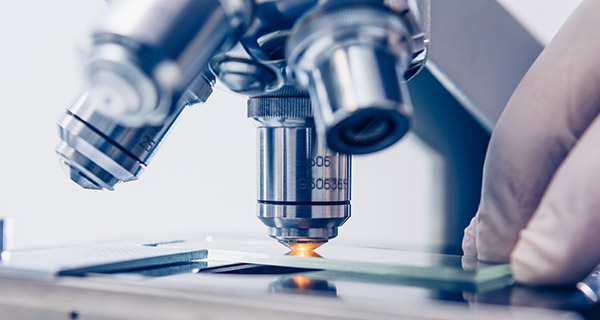Treatment technology development and evaluation
We help companies develop technologies, and provide baseline data on how those technologies perform.
While produced waters represent a new potential resource, they also face some challenges that currently inhibit it in many cases. These challenges include high salt concentrations, variable production volumes and composition over time, and diffuse sources. Our mission is to develop the technologies and treatment schemes that can handle the unique requirements of produced water applications by addressing the following areas: Our research is focused on maximizing value extraction from industrially produced water processing, management, recovery, renewal, and reclamation. We do this through the practical application of benefits such as:- Initiate a produced water-sampling program and develop an online database of water quality parameters to provide the baseline information that is needed for process development.
- Synthesize next-generation nanocomposite membranes for thermally driven desalination processes.
- Execute performance evaluations of integrated reverse osmosis and membrane distillation systems for high salinity waters.
- Evaluate bacteria that are tolerant to benzene, toluene, ethylbenzene, and xylene for remediation of hydrocarbons and genetically engineer said bacteria for faster uptake and conversion of hydrocarbons present in produced waters.

LED by: Jonathan brant
Contributing researchers: William bellamy, Dongmei “katie” lee, Karen wawrousek, John hoberg
Some examples of the research we can provide
Bench and pilot scale evaluations of the following desalination processes:
microfiltration, ultrafiltration, nanofiltration, reverse osmosis, forward osmosis, membrane distillation, and pervaporation.
Pilot-scale evaluations of rotary microfiltration
for processing industrial and municipal wastewaters for solids (metals, suspended solids) removal and recovery.
Characterization of surface properties
contact angle (surface energy), charge (zeta potential), and functionality (FTIR), of membranes and other thin-films.
Analysis and optimization of coagulation and flocculation processes
including characterization of pre- and post-flocculation particle size distribution and number concentrations. Our ICP-MS capabilities allow for distinguishing between dissolved and particulate fractions for metals and rare earth elements.

Research showcase:
Synthesis of nanocomposite membranes for thermally-driven desalination applications.
Research showcase
Synthesis of nanocomposite membranes for thermally-driven desalination applications
What we’re doing: For thermally driven membrane processes to be a feasible desalination approach, the membranes must exhibit certain characteristics including high flux, high selectivity, mechanical stability at elevated temperatures, and resistance to fouling. However, the largest obstacle in the utilization of polymeric membranes in industrial applications is their intrinsic trade-off relationship between selectivity and permeability. Some inorganic membranes such as zeolite and carbon molecular sieves offer much higher permeability and selectivity than polymeric membranes but are expensive and pose a difficulty for large-scale manufacturing. Therefore, it is highly desirable to provide an alternate cost-effective membrane in a position above the trade-off curves between permeability and selectivity. Nanocomposite membranes are hybrid membranes containing solid, liquid, or both solid and liquid fillers embedded in a polymer matrix. Enhanced separation properties are accomplished by adding a dispersed phase to the polymer matrix, a net result of which should be an improvement in the separation properties of the overall membrane. In this project, we are synthesizing next-generation nanocomposite membranes using imogolite nanotubes, which are a naturally occurring mineral capable forming nanotubes. We are evaluating the performance of these new membranes in pervaporation desalination systems. Our intention is to use these membranes for desalinating produced waters having total dissolved solids concentrations in excess of 50,000 mg/L for which conventional membrane processes are impractical.



